Grace Hartigan
“I cannot expect even my own art to provide all of the answers, only to hope that it keeps asking the right questions.”
An Abstract Expressionist who started life in Newark, Grace Hartigan (1922-2008) grew up in Millburn, New Jersey. Having little formal training as an artist beyond some lessons with Newark-based Abstract Expressionist Issac Lane Muse, she saw works of Henri Matisse in a book and felt inspired to paint. In the circle of Jackson Pollack, Mark Rothko, and Willem de Kooning, who started the US chapter of his life as a house painter in Hoboken, Grace might have resided comfortably in their sphere, but ultimately chose to make her own path.
Grace’s art was immediately successful, giving her the self-assurance to carry on in the primarily male, star-laden New York City art scene of the late 1940’s-1950’s. A New York Times article described her as “brash,” a quality she would have needed to prevail. Consistent in the Times of NY and LA on Grace’s life is that she did not look primarily to her inner life for inspiration like the other Abstract Expressionists in that era, but responded to, and was inspired by, the world around her. This world connection was reflected in her paintings in which she gradually added images, an influence of poet and friend Frank O’Hara who combined “high art” and “low art”. The LA Times reported that, endearingly, he wrote several poems for her.
Ironically, by including these images, she became known as the founder of “Pop Art,” a title which she disdained. Nevertheless, as an independent spirit, she appreciated, “I’d much rather be a pioneer of a movement that I hate than the second generation than the second generation of a movement that I love,” noted in The Washington Post. The one “most celebrated of American woman painters,” Life, 1957, her work fell into disfavor by the 1960’s with fellow Abstract Expressionists and art critics and sales of her paintings fell off.
Grace was resilient and, having become more appreciative of art history in the 1950’s, another factor separating her from her Abstract Expressionist peers, became part of the faculty at the Maryland Institute College of Art (MICA) in Baltimore. She taught and ultimately became director of the Hoffberger School of Painting, created to showcase her talent, and she in turn, worked to raise its cachet as an art school. Of her life as an artist, she reflected in a “World Artist” interview via NY Times, “Now as before it is the vulgar and the vital and the possibility of its transformation into the beautiful which continues to challenge and fascinate me…Or perhaps the subject of my art is life the definition of humor – emotional pain remembered in tranquility.”
In the 1980’s, Grace had the resolve to paint again, expanding her talents to include different mediums that she came to appreciate through art history, printmaking, watercolor, and pointillism. She had the foresight and generosity to set aside paintings created during her tenure at the Maryland Institute College of Art. The donated paintings, worth more than $1 million dollars, were to benefit her students when she was no longer able to teach them as described in a MICA article worth visiting via mica.edu.
Many bold quotes are ascribed to this artist who experienced life to the fullest, perhaps most famously, “I didn’t choose painting….It chose me. I didn’t have any talent. I just had genius.” Beyond the sound bites, perhaps the epitaph of her friend Frank O’Hara best reveals Grace, “Grace/to be born and live as variously as possible.”
Her works are online at Artsy.com and there is a great overview of her development as an artist with highlighted works on theartstory.org, which credits her as an influence on Neo-Expressionist artists like Julian Schnabel and David Salle.
The paintings of Grace’s peer Helen Frankenthaler are having a new appreciation this summer as an exhibit at The Clark in Massachusetts and in a Grandma Moses exhibit at the Bennington Museum in Vermont. Periodically, Grace’s work appears in galleries in New York City and on exhibit at the Metropolitan Museum of Art, the Guggenheim, the Whitney Museum of American Art, the Museum of Modern Art, the Baltimore Museum of Art, the National Gallery of Art, and the Hirschhorn Museum and Sculpture Garden.
A few weeks ago, Artsy.com noted that Grace was a New Jerseyan as well as a New Yorker, which led to more reading about her life.

Wildflowers, Bennington Museum
Grandma Moses, Anna Mary Robertson Moses
“Life is what we make it, always has been and always will be.”
Like Grace Hartigan, folk artist Grandma Moses, her artistic contemporary for a time, was a fellow Modernist who found inspiration in life. Born as Anna Mary Robertson (1860-1961), she grew up on a farm in Greenwich in Upstate New York, but attended classes in a one-room schoolhouse in nearby Bennington, Vermont. From a large family, economics required that she spend her teen years with another family as a live-in housekeeper, a “hired girl” as noted by Time. Ultimately, in an extraordinary life path, that schoolhouse became the Bennington Museum which houses the largest collection of her paintings today.
Throughout her life, Anna revealed artistic talent, but her days revolved around taking care of her family and their farm. She and her husband were first tenant farmers in Virginia, worked hard, and then became farm owners in Eagles Nest, New York, not far from where Anna spent her childhood. After her husband died, Anna took up embroidery until her arthritis made it difficult. Her sister suggested painting, which Anna took up at the age of 76, sometimes switching hands, and it was one of these paintings spotted in a drugstore window by art collector Louis J. Caldor that led her to notoriety. Considered a “folk artist,” a fluid term a self-taught artist who carries on a tradition (JSTOR.org from University of Chicago archive), Anna became known publicly by her family address, “Grandma Moses”.
Both the American public and the media were taken with Grandma Moses, embraced like a national grandmother, and she was an incredibly popular figure in the 1940’s and ’50’s. Favorite winter scenes that she painted were everywhere across the US, most notably on Christmas cards with sales of an estimated 48 million. Her illustrated version of Clement Moore’s The Night Before Christmas is still in print, a perennial favorite, its paintings created, inspiringly, at the age of 100. Those paintings are on exhibit at the Bennington Museum in Bennington, Vermont, which is home to the largest collection of her paintings.
Grandma Moses’s charming winter scenes look like happiness defined and are even more delightful viewed in their original form. As the Bennington Museum curators note, Grandma Moses added sugar to the white paint to create snow that sparkled, which initially unmoored art critics. Nonplussed, she carried on with a brilliant result. Her joyful nature is clear in her observations, “Christmas is not just one day” as well as her art, which she described as “daydreams” both in a Time revisiting of her work.
Seeing her art with “fresh eyes” is how the dedicated museum staff will be presenting Grandma Moses’ work as part of “American Modern” from July 1st through November 5th. The exhibit will place her work alongside that of other Modernists, also peers of Grace Hartigan: Helen Frankenthaler, Andy Warhol, Fernand Leger, Joseph Cornell, Helen Frankenthaler, and folk artists Edward Hicks and Joseph Pickett to appreciate Anna’s talent anew.
The museum, founded by the Bennington Historical Society, 1852, has an array of exhibits to appeal to everyone. For history buffs, there are vibrant exhibits like the “Battle of Bennington” (the monument is nearby), “Grandma Moses Schoolhouse,” and “Gilded Age Vermont” to renowned Bennington stoneware to fashion & style to photography. The museum cooperates with nearby Bennington College, and you will also find beautiful works from artists both in the college and local community.
Allow time for the upstairs Church Gallery of Bennington and Vermont history, which was indeed a church and looks like a marvelous attic filled with furniture, inventions, paintings, sculpture, awards, remembrances, and more. These may not be the “marquee” pieces in the extensive museum collection like paintings by William Morris Hunt, born in Brattleboro, but they comprise a treasure trove as the town unfolds in such a moving, wonderful way.
We had a whirlwind visit, having just missed museum hours (open daily 10-5, June through October) on a first try, and look forward to returning. The grounds are beautiful and include trails. The cemetery behind the former schoolhouse leads to the modest grave of Robert Frost, more to come on the poet in another, “Symmetry,” a series of blogs that will feature New Jersey cultural and historical connections outside the state. For more information on the Bennington Museum, visit: benningtonmuseum.org.
North American Reciprocal Museum memberships (NARM) with entrée to 924 museums and cultural centers around the world can be purchased in the museum shop or at participating New Jersey museums:
Battleship New Jersey Museum & Memorial
Hunterdon Art Museum, Clinton
Macculloch Hall, Morristown
The Monmouth Art Museum, Lincroft
Monmouth County Historical Association, Freehold
Montclair Art Museum, Montclair
Morris Museum, Morristown
The Newark Museum, Newark
Princeton University Art Museum, Princeton
The Stickley Museum at Craftsman Farm, Morris Plains
Visual Arts Center of New Jersey, Summit
Wheaton Arts and Cultural Center, Millville
For more information on NARM, visit: https://narmassociation.org/

Bennington Museum
“The Two Graces” (Grace Hartigan and Grandma Moses) published on June 23, 2017 on “Writing New Jersey Life” All Rights Reserved @ 2017 Kathleen Helen Levey
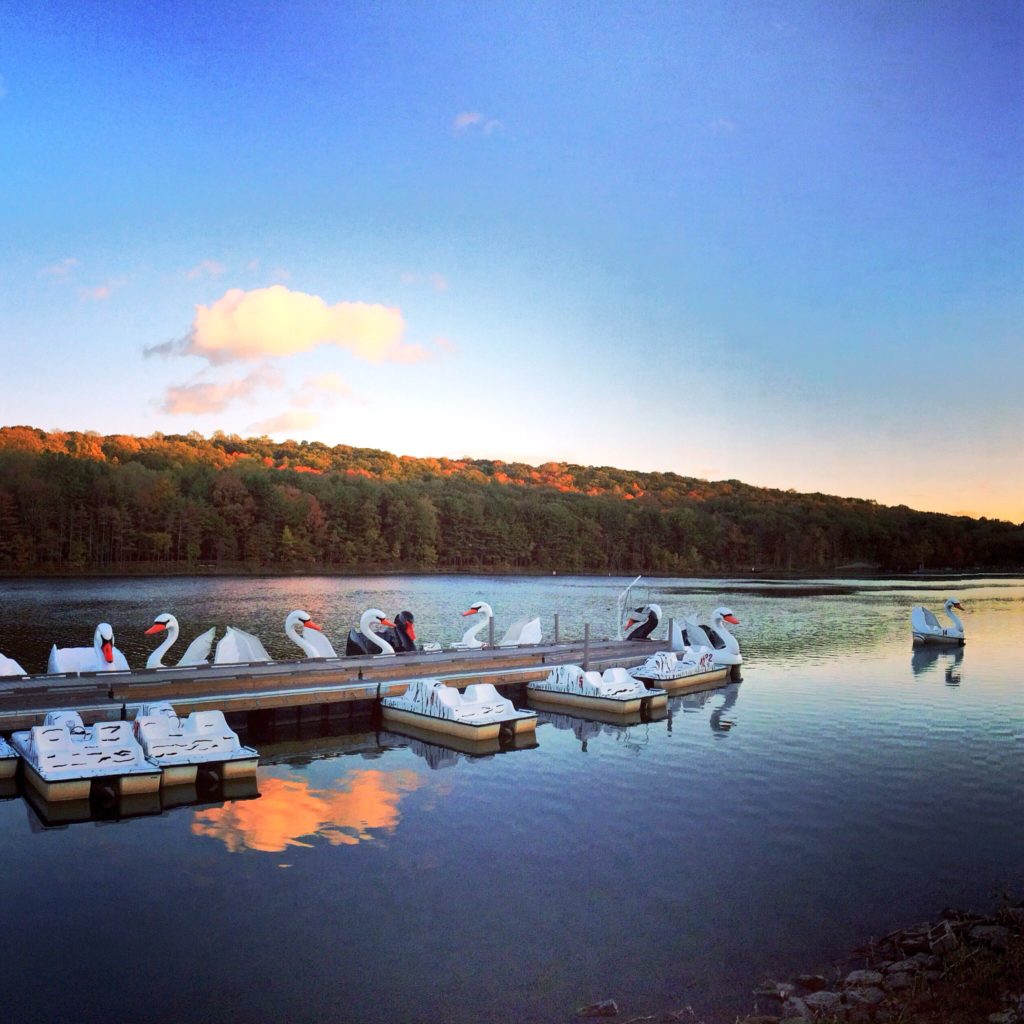
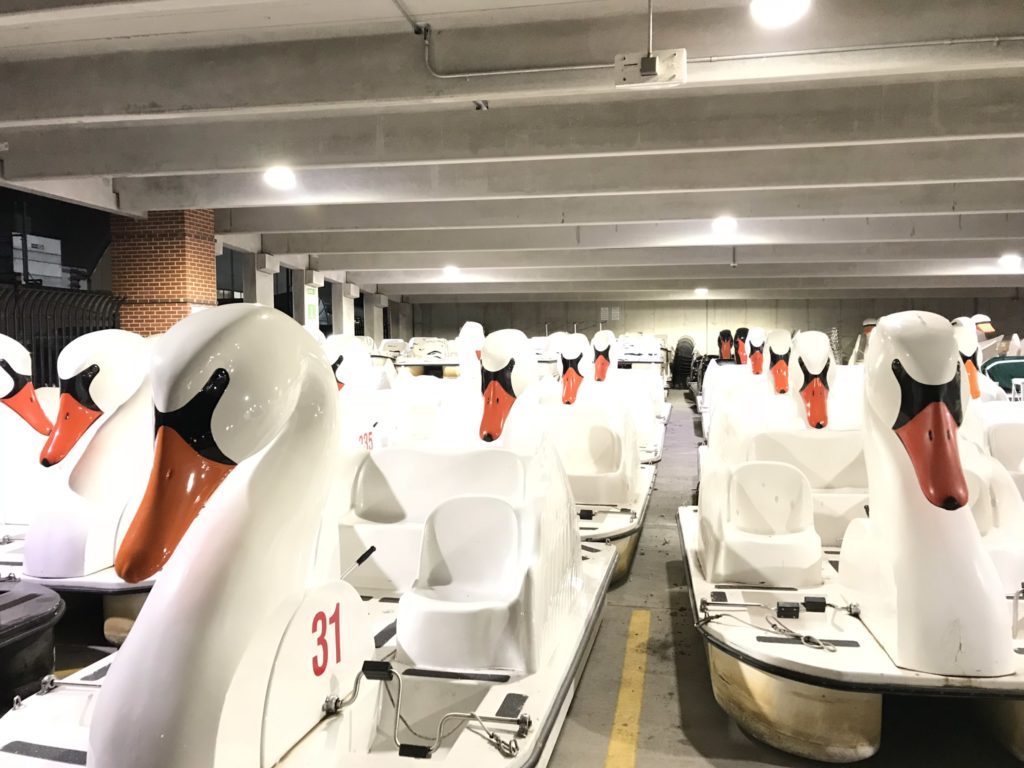

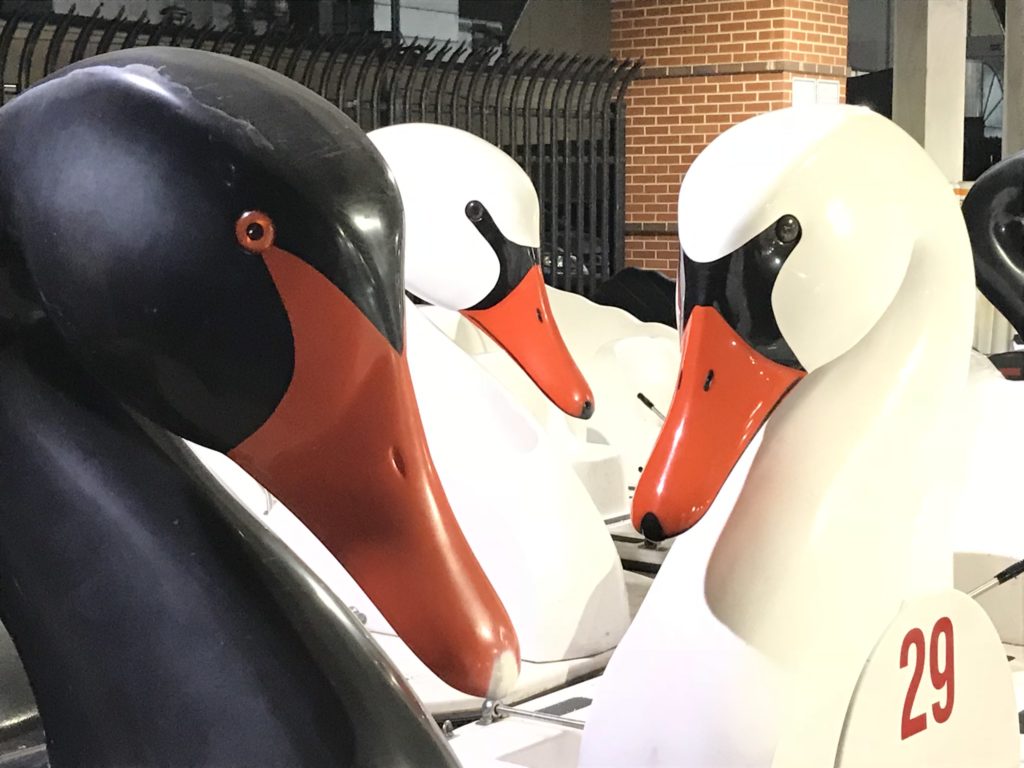
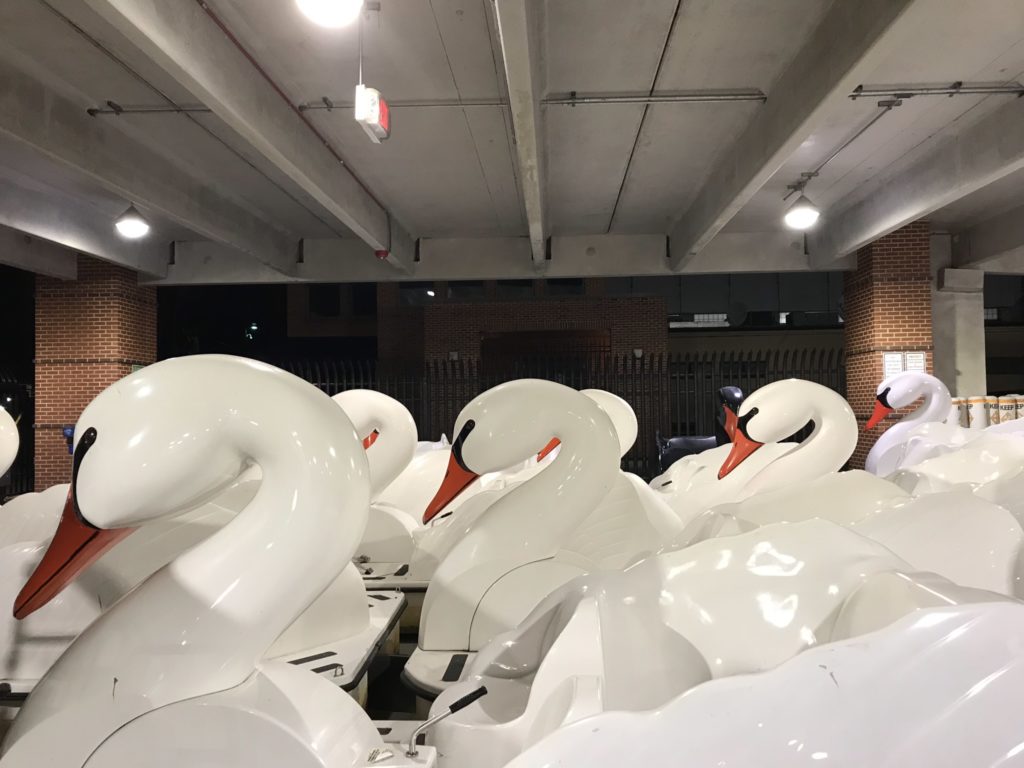
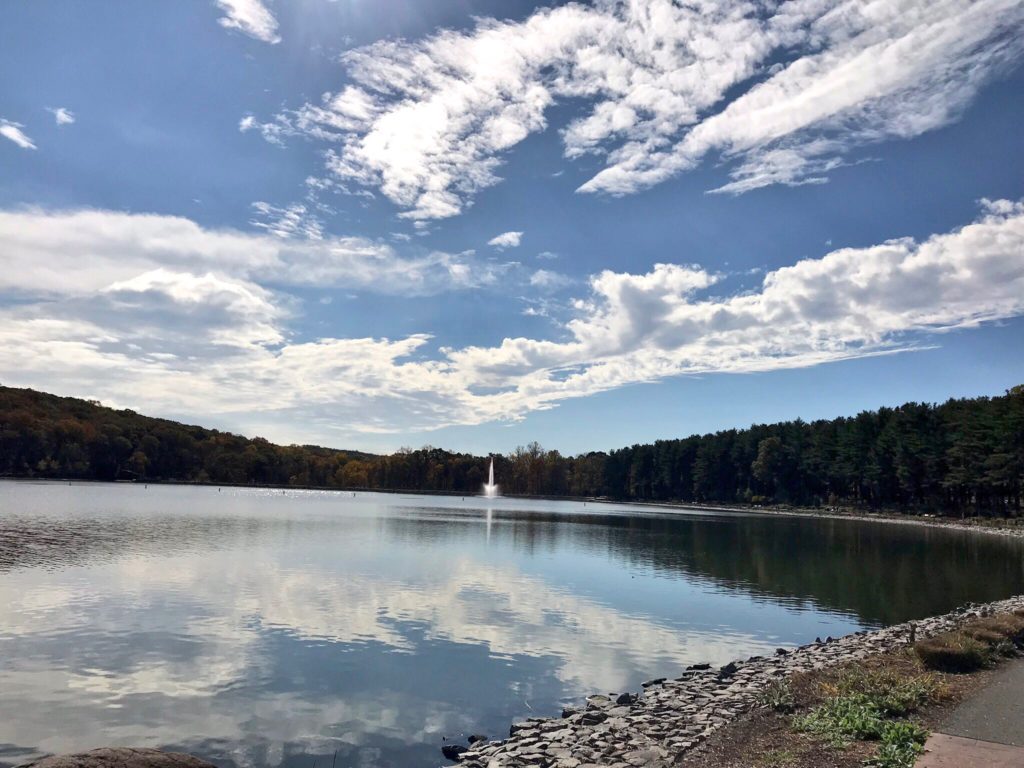

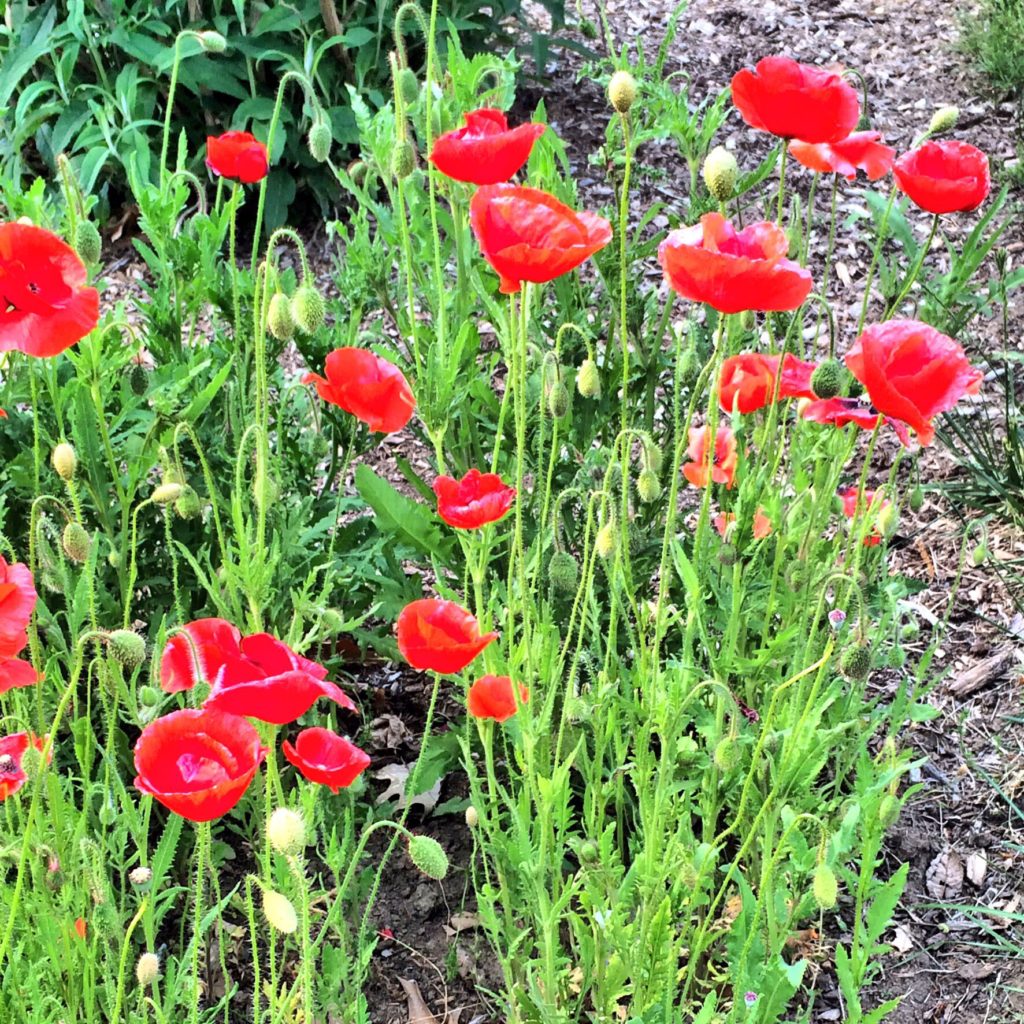
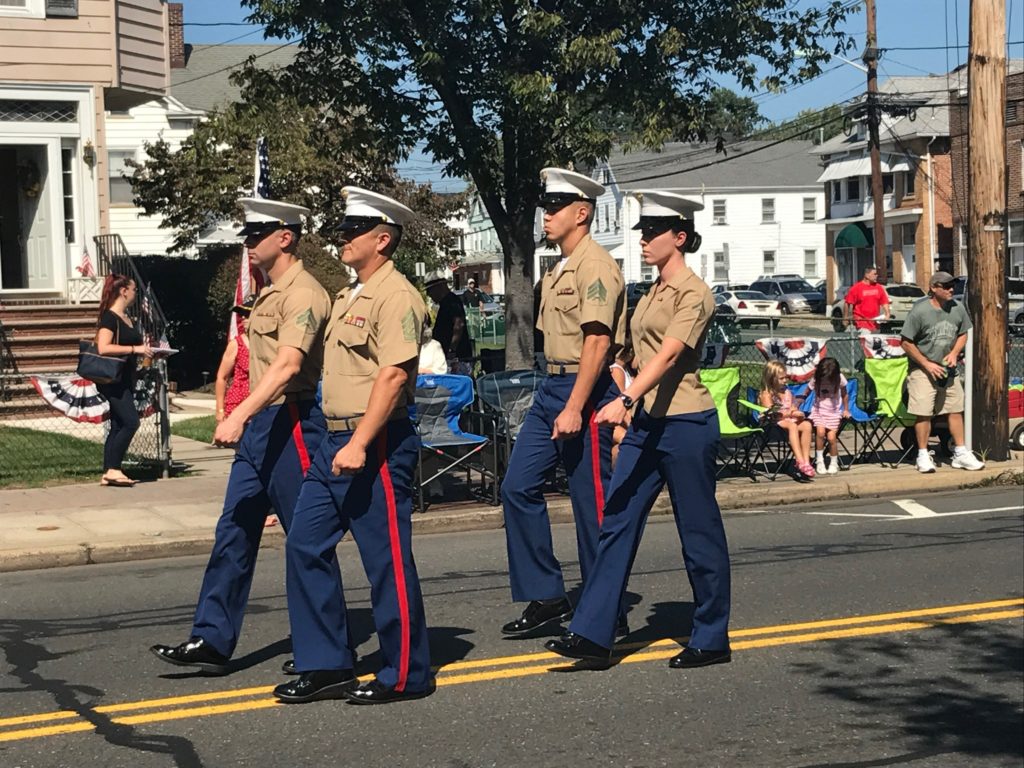 Raritan’s annual parade in Sergeant Basilone’s honor each September is a proud event with many veterans and Marines participating. The link below leads to video of the tossed-candy fun at this year’s parade along Somerset Street. The children, all delightful in this year’s crowd, are mostly off-frame, but they were even sweeter. Our mother, who attended for many years, exclaimed when hearing this, “It’s a first-rate parade if they’re giving out candy!” In the generous spirit of Sergeant John Basilone, his family, and the local communities, the borough invites everyone to attend.
Raritan’s annual parade in Sergeant Basilone’s honor each September is a proud event with many veterans and Marines participating. The link below leads to video of the tossed-candy fun at this year’s parade along Somerset Street. The children, all delightful in this year’s crowd, are mostly off-frame, but they were even sweeter. Our mother, who attended for many years, exclaimed when hearing this, “It’s a first-rate parade if they’re giving out candy!” In the generous spirit of Sergeant John Basilone, his family, and the local communities, the borough invites everyone to attend.


















 “
“ The stable, part of the county parks since 1933, features English riding in a new, state-of-the-art, indoor riding ring, three outdoor rings, and six paddocks. Trail rides wend their way through 26 miles of the 2,000-acre reservation, which is stunning with fall colors right now. Rides are on Saturdays at 1 p.m. and 2 p.m. and Sundays at 2 p.m. and 3 p.m. and are ideal for beginners as an introduction both to riding and the individual horses. Along the trail, you will also meet sociable people out enjoying the woodland paths with family, friends, and dogs
The stable, part of the county parks since 1933, features English riding in a new, state-of-the-art, indoor riding ring, three outdoor rings, and six paddocks. Trail rides wend their way through 26 miles of the 2,000-acre reservation, which is stunning with fall colors right now. Rides are on Saturdays at 1 p.m. and 2 p.m. and Sundays at 2 p.m. and 3 p.m. and are ideal for beginners as an introduction both to riding and the individual horses. Along the trail, you will also meet sociable people out enjoying the woodland paths with family, friends, and dogs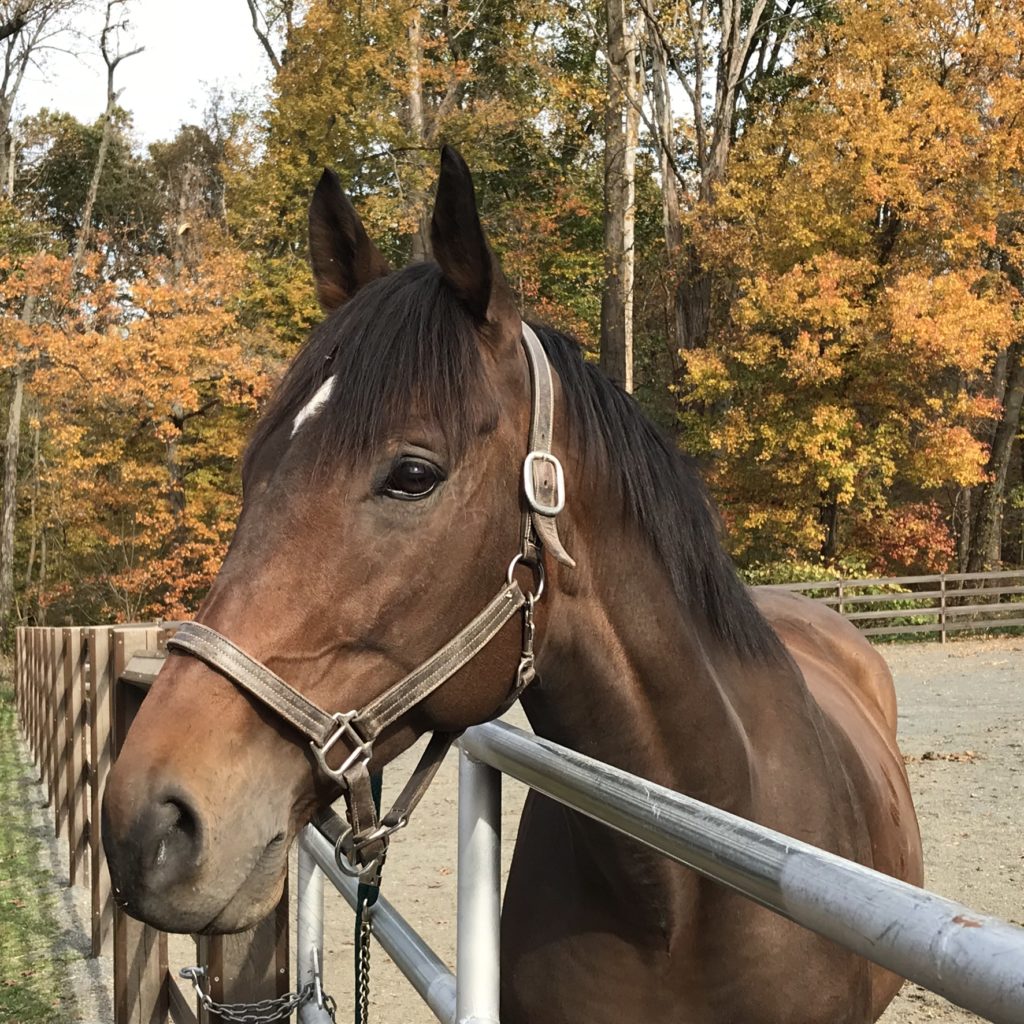

 The entire venue is striking with its modified Mission Revival Style architecture, serenely situated in the landscape. This began as the site for a US Army base during the Cold War and later segued into a peacetime role as a home to the horses, many bought at auction to start new lives. For those of you who wish to feed the horses apples, you may do so when the horses are in the paddocks and not ready to ride, but please check with staff beforehand to align your generous thoughts with theirs.
The entire venue is striking with its modified Mission Revival Style architecture, serenely situated in the landscape. This began as the site for a US Army base during the Cold War and later segued into a peacetime role as a home to the horses, many bought at auction to start new lives. For those of you who wish to feed the horses apples, you may do so when the horses are in the paddocks and not ready to ride, but please check with staff beforehand to align your generous thoughts with theirs. If you want outdoor fun in this incredible weather, Watchung Stable is a great place to go. Fall hours are Tuesday through Friday, 9 a.m. to 6 p.m. and Saturday and Sunday, 9 a.m. to 4 p.m. In winter, the stable is closed on Mondays, but open Tuesday-Sunday 9 a.m. to 12 p.m., then 1 p.m. till 4 p.m. More details are on the website or call: (908) 789-3665. Some enjoyable sleuthing is in order on my next visit for a lesson with the welcome hunch that there is “Sunshine” among the aptly named horses.
If you want outdoor fun in this incredible weather, Watchung Stable is a great place to go. Fall hours are Tuesday through Friday, 9 a.m. to 6 p.m. and Saturday and Sunday, 9 a.m. to 4 p.m. In winter, the stable is closed on Mondays, but open Tuesday-Sunday 9 a.m. to 12 p.m., then 1 p.m. till 4 p.m. More details are on the website or call: (908) 789-3665. Some enjoyable sleuthing is in order on my next visit for a lesson with the welcome hunch that there is “Sunshine” among the aptly named horses.



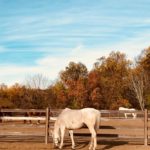

 …[Jay Reilly] dared to go bending round his accustomed comfort zone when he was a business exchange student at OP Jindal University. The stalwart wiffle ball player…found himself at the literature festival in the heart of the Pink City of Jaipur one weekend afternoon. Ducking into a matinee, he met “my Aishyrwara” from the Goa seaside and visual poetry became a permanent part of his life.
…[Jay Reilly] dared to go bending round his accustomed comfort zone when he was a business exchange student at OP Jindal University. The stalwart wiffle ball player…found himself at the literature festival in the heart of the Pink City of Jaipur one weekend afternoon. Ducking into a matinee, he met “my Aishyrwara” from the Goa seaside and visual poetry became a permanent part of his life.




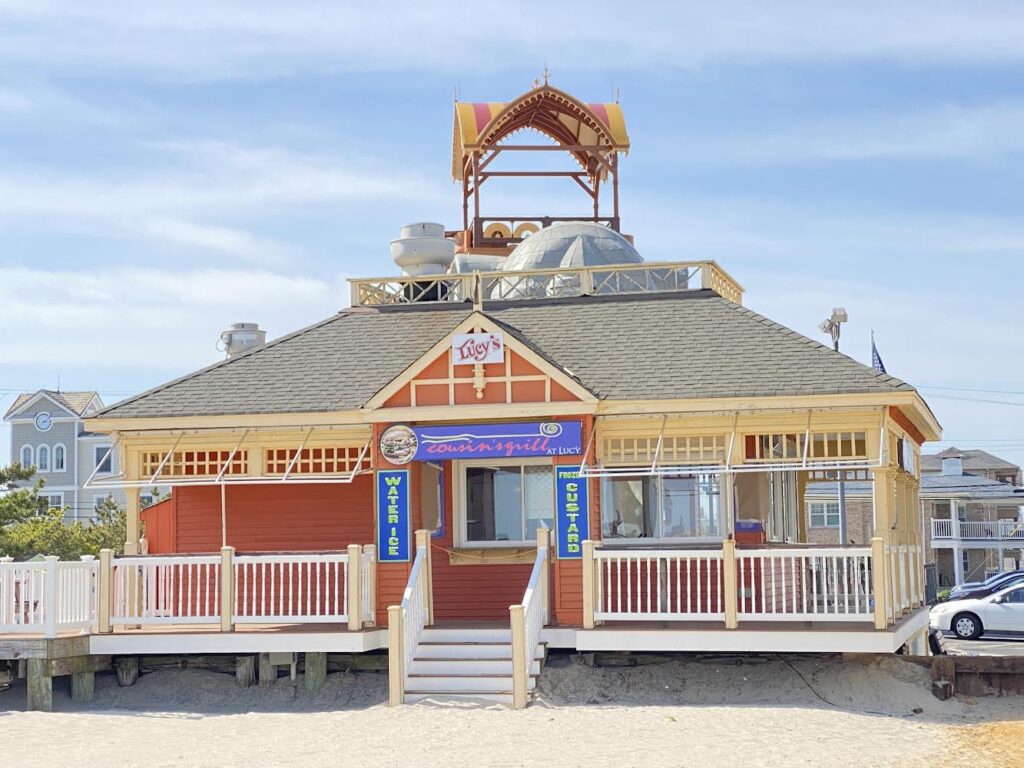




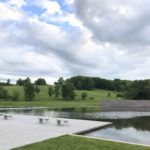
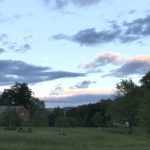


 The American Legion Mount Holly Post 11’s beautiful 89th ceremony honoring
The American Legion Mount Holly Post 11’s beautiful 89th ceremony honoring 





